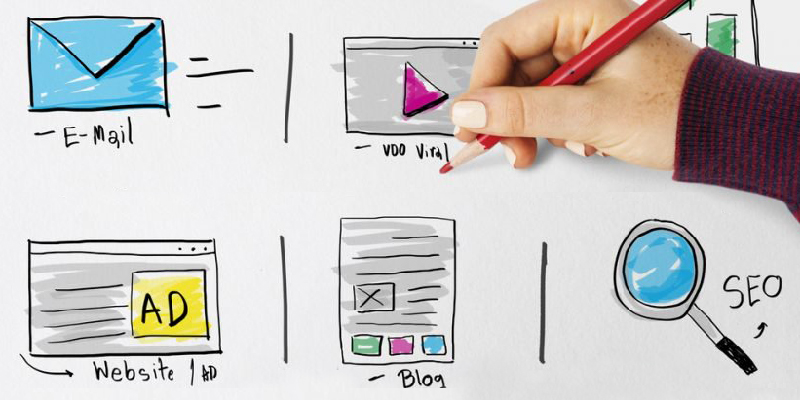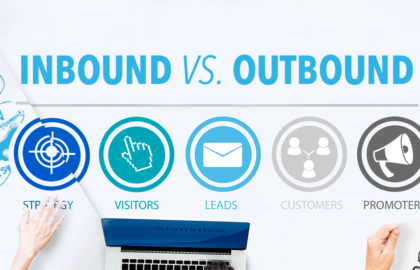Today, customers are channel agnostic, the marketing environment is over-saturated, and competition is fierce. There are a variety of communication channels to choose from – digital platforms, mobile apps, radio, print, etc. So, if you want to have the largest piece of the pie called customer base and develop a truly effective brand, you will need Integrated Marketing.
What is Integrated Marketing
Integrated Marketing (IM) is defined as a strategic approach to integrating communications and interactive experiences targeting specific audiences through effective coordination of all aspects of marketing viz., paid media, earned media, and owned media.
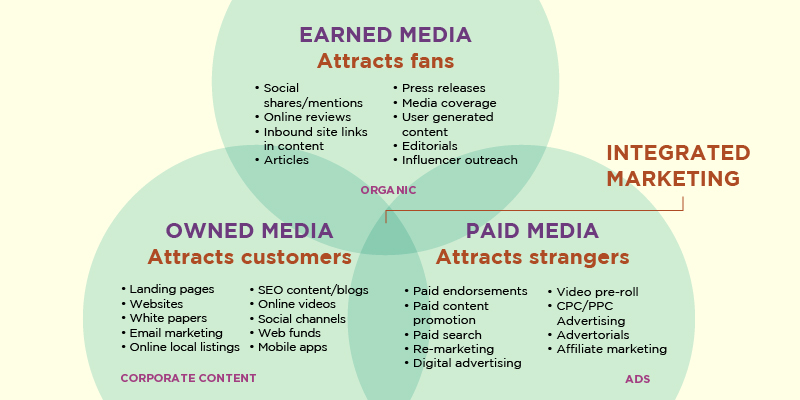
Integrated Marketing (IM) helps achieve consistent brand messaging to present a unified and seamless experience across a multitude of channels and various stages of customer lifecycle.
According to a 2014 study, more than 70% of consumers use three or more channels when doing the pre-purchase research for a product or service. It is clear that users no longer rely on a single channel to learn about a product or follow a defined path through the sales funnel. So, it is all the more important to develop an integrated approach as the foundation of any marketing strategy.
Who employs IM Anyway
To put it simply, the smart ones do. Strategic integration of a brand’s marketing efforts is not only a super smart move, but also an immensely critical component in maximizing the ROI using marketing materials.
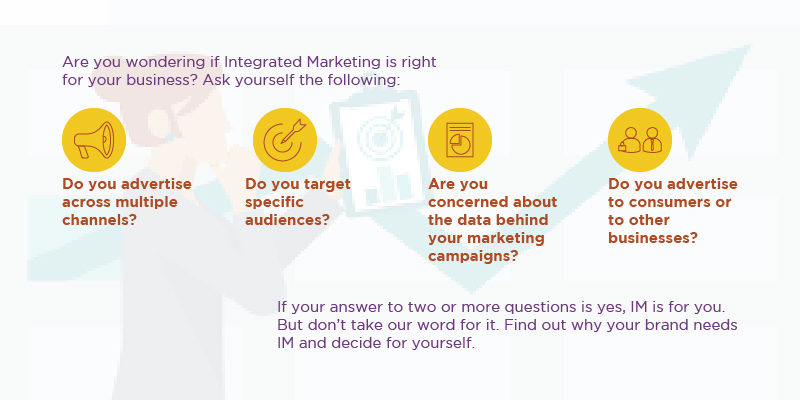
Why your brand needs Integrated Marketing
Irrespective of your industry, business size, and geographical location, Integrated Marketing is a crucial part of your marketing strategy. The trick is in identifying the Goldilocks of the various channels and content mediums. When done right, IM can have a strong and positive impact on your brand presence and business.
According to AdReaction: The Art of Integration, well integrated and customized ad campaigns are known to boost effectiveness by 57%. This data is based on extensive research across 45 countries, multi-channel copy testing of 12 campaigns, and thorough analysis of Kantar Millward Brown databases.
According to the AdReaction survey, while 89% of marketers believe their marketing campaign strategies to be integrated, only 58% of consumers agree. The research further found that integrated campaigns are 31% more effective at building brands, even without customization.
Integrated Marketing and its Impact in an Expanding Digital World
When it comes to creating an effective marketing strategy, ‘if it ain’t broke, don’t fix it’ isn’t really the right philosophy to follow. Outdated and disjointed marketing strategies that worked in the past may not get promising results today. So, even if the strategies don’t ‘seem’ to have a problem on the face of it, replacing them with more time-relevant and technology-enabled integrated marketing strategies is the right thing to do. Here’s how such solutions can bring about a positive and sustainable impact on your business:
Enhances Brand Visibility

Drawing the attention of your potential customers to your brand is usually the first step in most marketing campaigns. If they don’t notice you, you don’t exist for them. That makes Search Engine Marketing (SEM) and Pay Per Click (PPC) advertising the most effective ways to increase visibility among consumers. Integrated Marketing solutions can highlight key messages and owned assets of your brand, and help you build rapport with consumers quickly.
Builds Trust

Industry experts opine that ‘trust’ is the holy grail of all marketing strategies. In this age of trolls and memes, customers will rip brands apart at the slightest hint of a mistake. For instance, Indian actor Shraddha Kapoor was recently trolled for endorsing green tea for weight loss after she posted a ‘body positivity’ photograph of Marilyn Monroe. By efficiently integrating your brand message across all channels and maintaining consistency, you are more likely to build a higher level of trust among your target audience.
Pro Tip: If customers trust you, chances are they will buy from you.
Maintains Consistent Messaging for Stronger Branding

At the heart of every multi-channel marketing effort is a clear messaging tactic and cohesive strategy. Who knows where your customer is going to encounter your brand? You need to be prepared with a plan of attack for each channel, and an interesting and consistent brand story to minimize the time your potential customers need to become familiar with your brand. There, we just gave away the secret recipe to a successful IM strategy.
Boosts Cost Saving

Creating content, be it text or graphic, involves considerable expenses because there is a whole team of writers, editors, designers, proofreaders, developers, and managers involved in the process. However, when you integrate your campaigns across multiple channels, you successfully eliminate unnecessary duplication. That way you also cut costs that might be incurred due to disjointed and confusing campaigns. And that also means you earn a better ROI.
Makes Integrated Marketing Effective and Efficient

Integrating your campaigns across a range of channels helps you communicate consistently and reinforce your key message to a larger audience. There is minimal to no confusion in the message, and the uniformity in your image improves trust and awareness. For example, as per Gartner research survey, lead management campaigns that integrated four or more channels outperform single-channel campaigns by around 300%. Besides, IM helps you streamline your process and manage time, resources, and costs more efficiently.
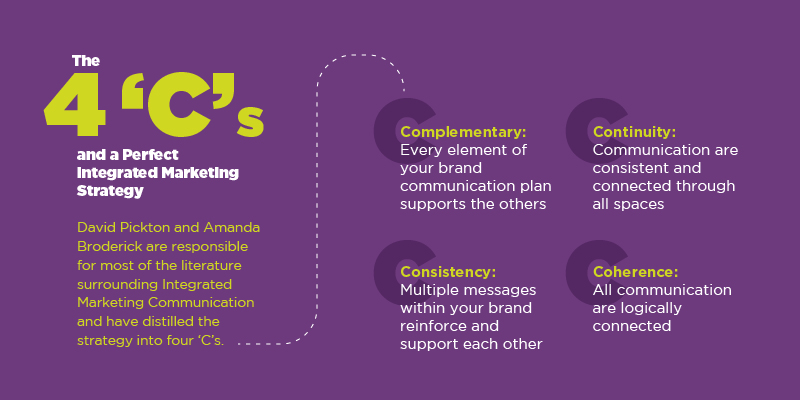
British multinational market research firm, Kantar Millward Brown, strongly propagates the use of integrated marketing and says when you want consumers to remember your brand, “the more cues used, the better.” The firm further said in a statement, “A strong integrated campaign must be flexible enough to enable novel, complementary content, but familiar enough to link the key campaign elements tightly together.” Kantar Millward Brown also noted that campaigns with a strong central idea performed 64% better across all brand KPIs, especially brand image associations at 91%. The report concluded that such an idea acts as “connective tissue” across all content.
Brands that Got their Integrated Marketing Strategy Right
Coca-Cola Life: Digital Screen+Billboards+Social+Point of Sale

Coca-Cola is a brand that is often renowned for their marketing efforts. When they launched a campaign for the new Coca-Cola Life drink, they further demonstrated their innovative style by employing a range of inter-connected communication channels, from digital screen solutions, to billboards, Point of Sale advertising, and social media
Porsche: Events + Influencers + Social + Video + Radio

Porsche followed a multi-channel approach to change the perception that they manufactured expensive sports car that very few could afford. The central idea was clear – change the mindset of people. The brand used pop-up events, mobile-friendly content, influencers, social media, video, and radio to create urgency, trigger content sharing, and build momentum. Content was delivered to affluent customer smartphones through geo-targeting to generate awareness.
Red Bull: Extreme Sports Ownership + Events

Red Bull is almost always associated with high adrenaline adventure and sports. The tagline “Red Bull gives you wings” has been extensively promoted through endorsements, sponsorships, web, social, TV, etc. But the energy drink brand went one step further with a live event that the media called ‘edge of the space’ jump.
The Red Bull Stratos with Austrian Skydiver Felix Baumgartner is probably Red Bull’s most powerful marketing to date. In this live event, Felix flew into the atmosphere of New York, US, and made a space dive from an exit altitude of approximately 39 kilometers. The space jump video is extremely popular and drives home the point that Red Bull indeed gives you wings.
To sum it up, well-planned and efficiently executed integrated campaigns help you create a unified marketing strategy that delivers incredible benefits. Integrated marketing boosts sales and profits besides sharpening your competitive edge and improving brand loyalty. So, are you convinced yet? If not, reach out to us and we’ll tell you more.

